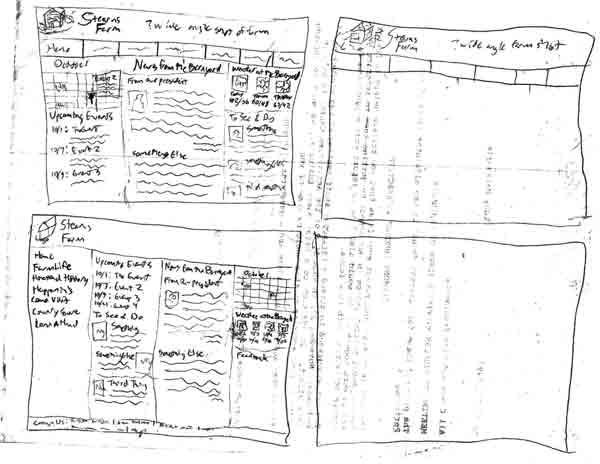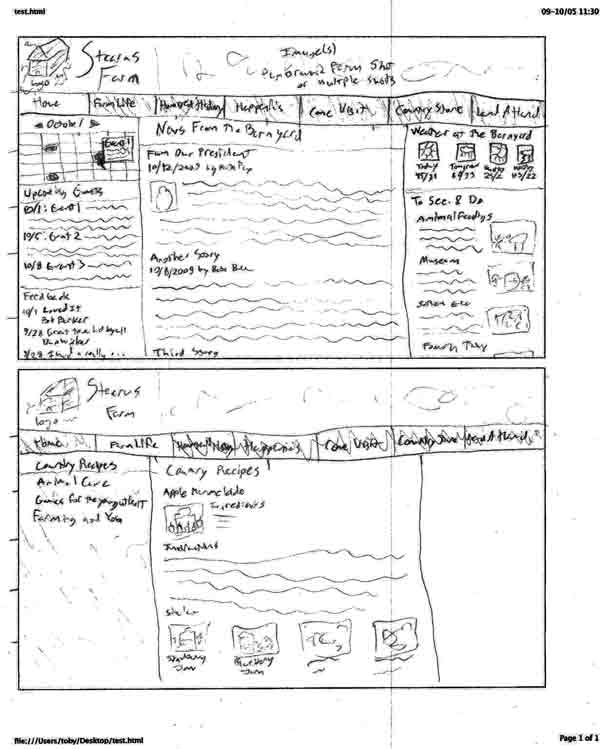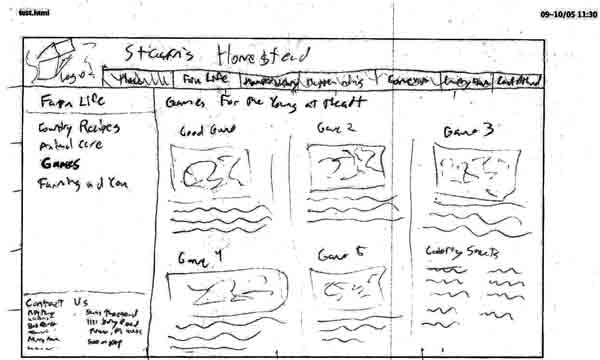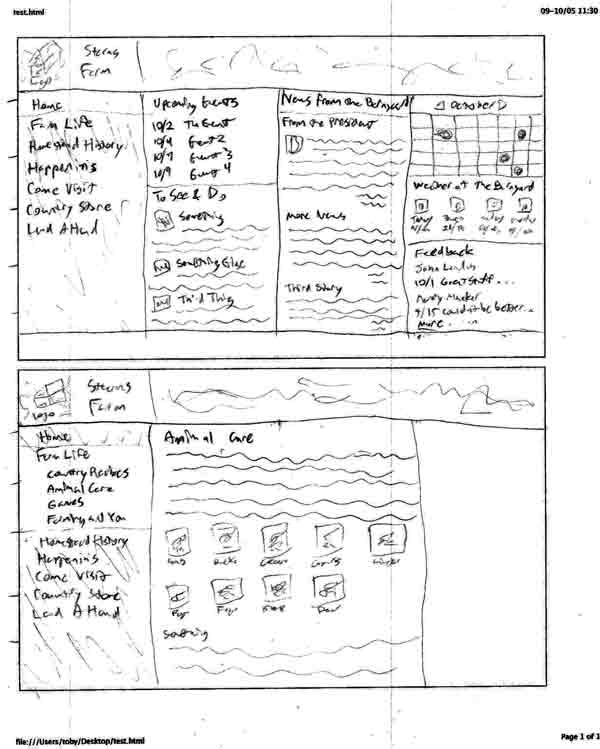My former roommate/bandmate had mentioned a few months back that geocities would be closing. I had my site on there until I started my own server and entered the world of server side scripting and databases. The site is still up, though I haven’t used it in years. The last thing I did with it was to simplify it, link only to the more important content, and make sure to have a notable mention of my new site. But I still wanted to preserve the old stuff. I’m not sure what I may have backed up from there still.
Geocities doesn’t offer any way to download files at all through its file manager, and I wanted an easier way than opening each file through the editor, copying and pasting into a local file.
A post mentioned using wget to download the whole site. I guess Mac OS X doesn’t come with wget (a nice utility for downloading http stuff from the command line), so I had to install that. Using it didn’t get all of my files though, because much of the old stuff was no longer linked, and some of the files were accessed with javascript. It also didn’t get files linked from within CSS or javascripts.
I tried using iCab to download everything. It has a nice site download feature that allow you to follow links and set limits on what is downloaded. But it kept failing at some point with a cryptic error -1100. It downloaded less than wget.
So I ended up having to get the items not gotten by wget by copying from the geocities editor and pasting into local files. The images had to be viewed and downloaded.
So now that is backed up before the shutoff date in just 11 days. I doubt I have any use for it, as I think all of the old stuff that was really in use was pretty well destroyed or disabled.



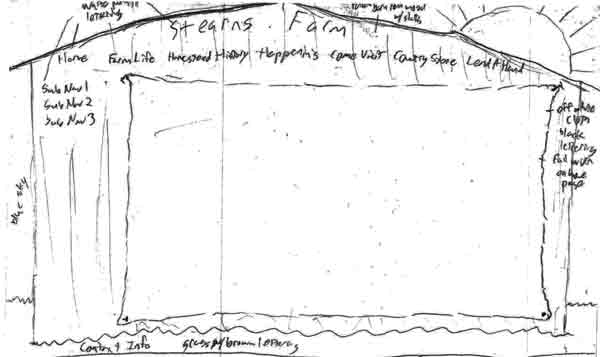 ](https://www.tobymackenzie.com/_/wp-content/uploads/2009/10/scan0002_2.jpg)
](https://www.tobymackenzie.com/_/wp-content/uploads/2009/10/scan0002_2.jpg)
